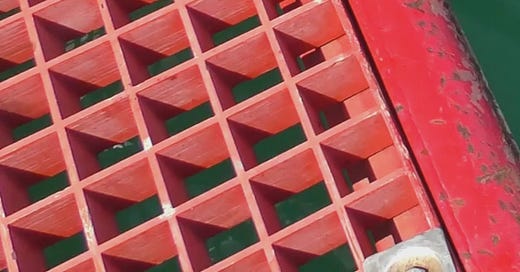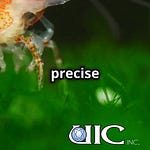Scientists deliberately created a CO2 leak for this experiment, but did it cause permanent damage to the ocean floor?
Imagine a world where we can safely lock away the excess carbon dioxide that's warming our planet—deep under the ocean floor.
This isn't science fiction, but a potential solution called carbon capture and storage (CCS).
But what happens if this stored CO2 leaks?
Scientists conducted a groundbreaking experiment off the coast of Scotland, deliberately releasing carbon dioxide into shallow marine sediments to simulate a leak from an underground storage site.
For 37 days, they pumped CO2 through a drilled borehole, carefully monitoring its effects on the surrounding environment—a real-world laboratory for testing worst-case scenarios.
The results were both concerning and reassuring.
When CO2 entered the sediments, it created pockets of highly acidic conditions.
The team documented dramatic changes in the chemistry of pore waters (the water filling spaces between sediment particles), with dissolved inorganic carbon increasing more than tenfold above normal levels. This chemical shift triggered the release of metals from sediment minerals, including calcium, iron, and manganese.
But nature proved resilient.
The chemical disturbance remained surprisingly localized—extending only 25 meters from the release point. No chemical changes were detected in the overlying seawater.
And perhaps most importantly, once the CO2 injection stopped, the environment recovered quickly, returning to normal within just 18 days.
To analyze carbon in the sediments, researchers used sophisticated laboratory equipment, including CO2 coulometers manufactured by UIC Inc., which allowed precise measurement of both total inorganic carbon and total carbon in the sediment samples.
This experiment provides real-world evidence that while CO2 leaks could cause significant local changes to seafloor chemistry, these effects appear to be temporary and geographically limited.
Such findings are critical as we develop monitoring strategies and safety assessments for carbon storage projects that could help mitigate climate change while protecting marine ecosystems.
Anna Lichtschlag, Rachael H. James, Henrik Stahl, and Doug Connelly: "Effect of a controlled sub-seabed release of CO2 on the biogeochemistry of shallow marine sediments, their pore waters, and the overlying water column"
DOI: http://dx.doi.org/10.1016/j.ijggc.2014.10.008
1750-5836/© 2014 The Authors. Published by Elsevier Ltd. This is an open access article under the CC BY license (http://creativecommons.org/licenses/by/3.0/)













Share this post